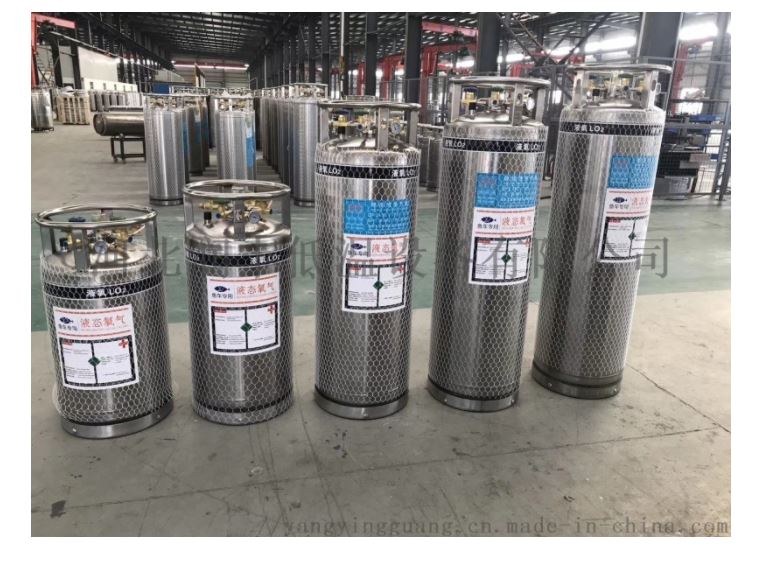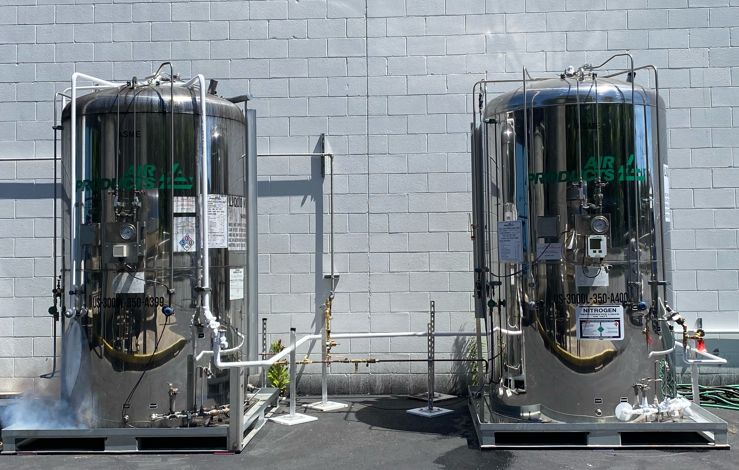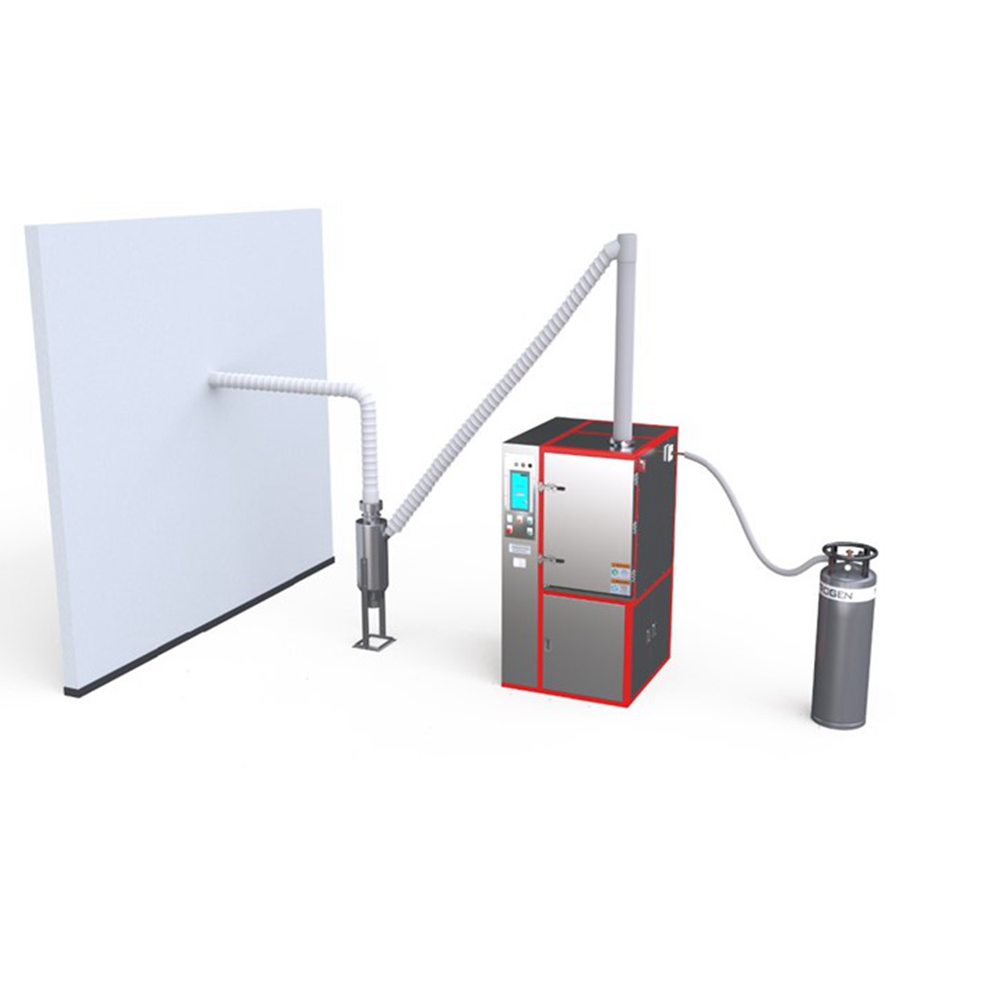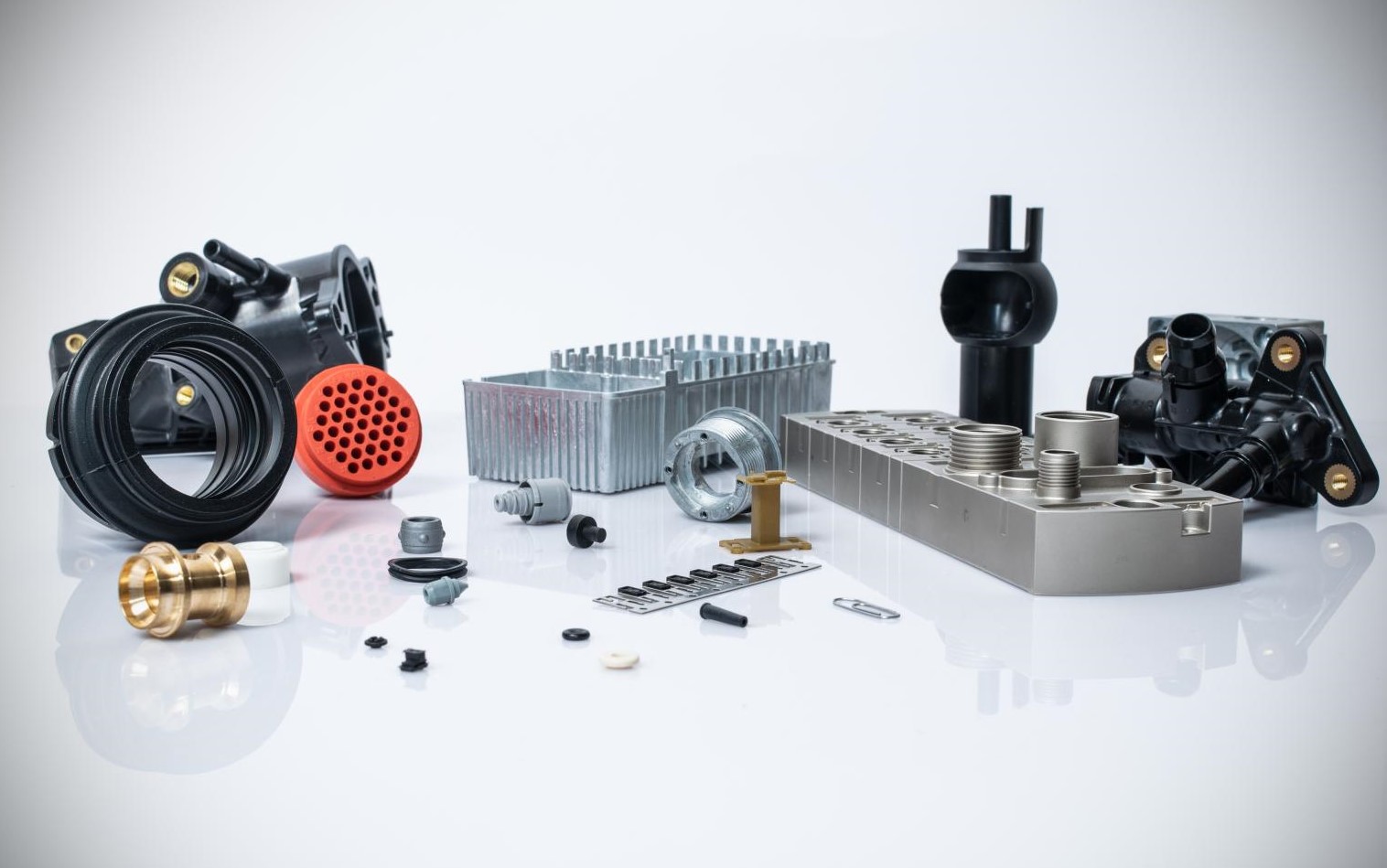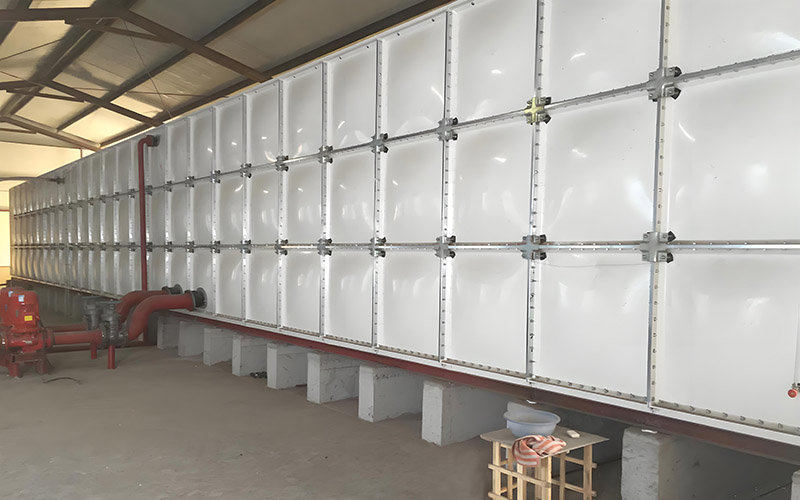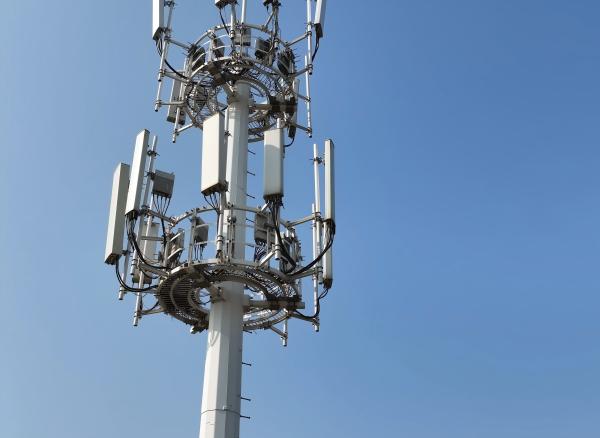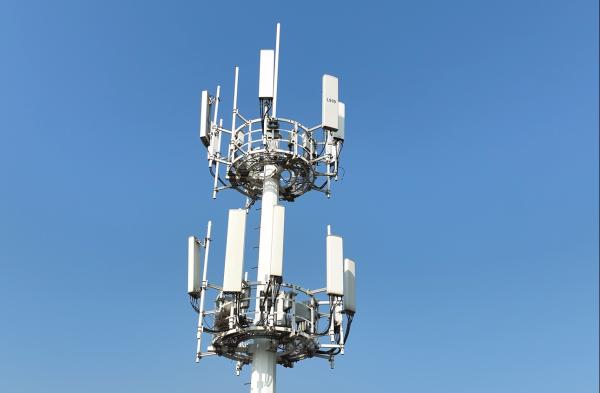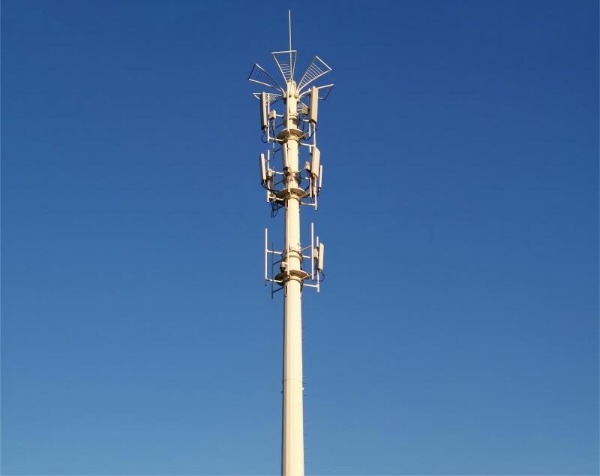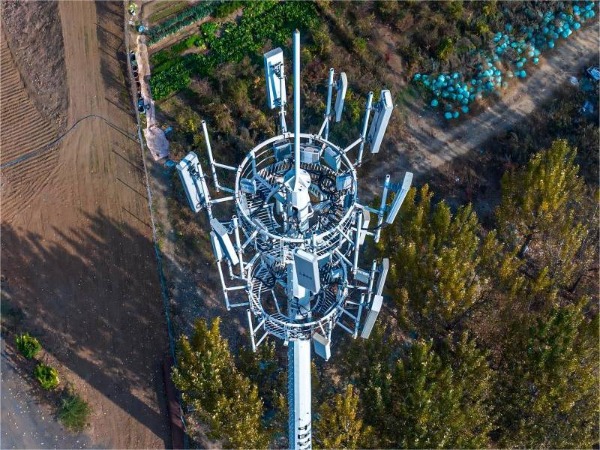Explosion-proof rolling shutter doors are critical safety devices for buildings, and their installation quality directly impacts performance. This guide provides clear instructions on pre-installation preparation, construction procedures, and key considerations.
I. Pre-Installation Preparation
(1) Site Confirmation
Location Check: Select a flat, stable installation area. Clear debris and standing water from the ground. Ensure the rolling shutter door frame has no cracks or loose walls. For steel structures, confirm that supporting structures can bear the door’s weight.
Dimension Measurement:
Measure the door frame’s width (upper/middle/lower sections) and height (left/right sides).
Record wall thickness with centimeter-level precision to avoid dimensional deviations.
Tool Preparation:
Basic tools: Impact drill, wrench, level, tape measure, screwdriver, safety rope.
Additional tools: Wooden wedges, shims for balancing; insulating tape, zip ties for electrical connections.
II. Standardized Installation Process
(1) Rail Installation
Layout Marking: Use chalk line to mark the rail centerline above the door frame. Secure endpoints 15 cm from edges; intermediate fixings spaced ≤50 cm apart (adjust based on wall material).
Rail Fixing:
Use expansion bolts for concrete walls (10 cm bolts recommended); weld or use high-strength bolts for steel structures.
Calibrate rails with a level to ensure horizontality and parallel alignment.
(2) Roller Shaft Installation
Bracket Fixing: Secure roller shaft brackets to load-bearing structures above rails. Avoid hollow sections in concrete walls; weld brackets to load-bearing beams in steel structures.
Shaft Debugging:
Install the roller shaft into the bracket bearings. Manually rotate to check smoothness.
Adjust alignment to ensure verticality, preventing eccentricity-induced jamming.
(3) Curtain Fabric Installation
Panel Assembly:
Align metal curtain panels sequentially; avoid misalignment.
Ensure correct orientation of flexible curtain fabric, matching edges with rail grooves.
Tension Adjustment:
Test-run the curtain after installation. Adjust roller shaft tension to eliminate wrinkles or tilting during operation.
(4) Electrical System Connection
Wiring Layout:
Separate power and control lines; route through protective conduits to prevent wear.
Ground wires must connect reliably to the building’s grounding system.
Control System Installation:
Mount the control box in a dry, accessible location. Connect motor, limit switches, etc.
Perform wiring only after power-off. Verify secure connections post-installation.
(5) Testing and Operation
No-Load Test:
Power on and conduct an unloaded test. Observe smooth operation, listen for abnormal noises, and verify limit switches trigger stops accurately.
Load Test:
Perform multiple start-stop cycles. Check curtain-rail alignment, ground contact at closure, and absence of jamming or derailment.
III. Key Considerations
(1) Safety Protocols
Personal Protection: Wear safety harnesses for high-altitude work; mark ground warnings. Inspect tools for insulation integrity to prevent electrocution.
Operational Compliance: Follow manufacturer instructions strictly. Reinforce weak walls (e.g., hollow bricks) with backing plates before rail fixation.
(2) Quality Inspection
Operational Checks:
Ensure uniform lifting speed, minimal vibration, and responsive limit switches.
Verify tight seal of weatherstripping upon closure and sensitivity of emergency stop buttons.
Detail Handling:
Fill gaps between rails and walls with sealant to block debris.
Waterproof and dustproof the control box; add protective covers for outdoor installations.
(3) Handover and Maintenance
Documentation: Provide users with a compliance certificate, user manual, and maintenance guidelines (e.g., regular bearing lubrication, rail cleaning).
Long-Term Care:
Quarterly checks for screw tightness and curtain connections.
Annual professional inspection for system calibration and reliability.
